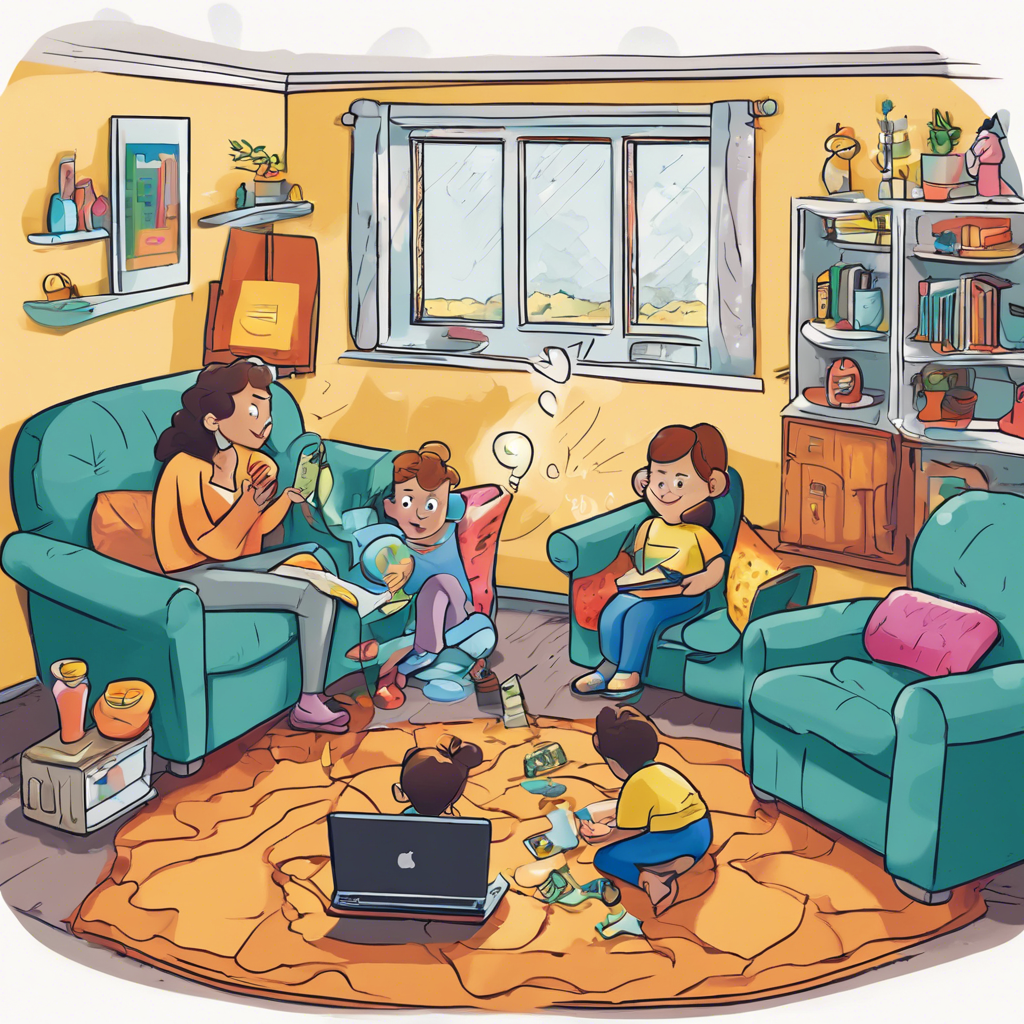How Does The Integration Of Multimedia In Digital Narratives Enhance Audience Engagement Compared To Traditional Storytelling Methods?
Gathering question image...
Introduction
The integration of multimedia in digital storytelling significantly transforms how narratives are conveyed and experienced. Unlike traditional storytelling, which typically relies on text or spoken word, multimedia storytelling fuses various formats such as images, audio, video, and interactive elements, resulting in a richer and more engaging experience for the audience.
Enhanced Audience Engagement Through Interactivity
One of the key benefits of incorporating multimedia into digital storytelling is the introduction of interactivity. Audiences can actively engage with the narrative in real time, shaping how the story progresses. In contrast, traditional storytelling usually presents a fixed storyline that remains unchanged. However, some traditional formats, like choose-your-own-adventure books or participatory theater, do offer opportunities for audience interaction.
- Interactive features, like clickable options, enable the audience to influence the story’s trajectory.
- Gamification techniques can convert a narrative into an immersive experience, enhancing audience investment in the story's outcomes.
Diverse Sensory Experiences for Immersive Storytelling
Multimedia storytelling appeals to multiple senses, creating a more immersive experience for the audience. This sensory diversity can elicit stronger emotional responses compared to traditional, text-driven narratives. It's worth mentioning that text-based storytelling also has the power to evoke strong emotions through compelling language and narrative techniques.
- Visual elements, such as animations and infographics, can convey complex ideas rapidly, facilitating better understanding.
- Audio features, including sound effects and background music, help to establish the mood and deepen emotional resonance.
Expanding Accessibility and Global Reach
Digital narratives that utilize multimedia can be made accessible to a broader audience, overcoming linguistic barriers and catering to various learning preferences. While multimedia enhances accessibility, it is essential that the content is specifically designed with inclusivity in mind to maximize benefits for all users.
- Subtitles and translations can accompany audio, allowing non-native speakers to engage fully.
- Visual aids can assist individuals with learning disabilities in comprehending the narrative more effectively.
Conclusion
In conclusion, the integration of multimedia in digital storytelling offers levels of engagement, emotional richness, and accessibility that traditional storytelling methods may struggle to provide. As technology continues to evolve, the potential for even more innovative storytelling approaches will undoubtedly further enrich audience experiences. Nevertheless, both multimedia and traditional storytelling methods possess unique advantages that can complement each other in the art of storytelling.
Expert Quote
Dr. Janet Murray, Professor of Digital Media at Georgia Tech
Multimedia storytelling allows for a more participatory experience that not only captures attention but also fosters a deeper emotional connection with the audience.
From the book 'Hamlet on the Holodeck: The Future of Narrative in Cyberspace', 1997
Relevant Links
The Impact of Digital Storytelling in Media Literacy
https://editmentor.com/blog/the-impact-of-digital-storytelling-in-media-literacy/Digital Storytelling in Cultural Heritage: Audience Engagement in ...
https://www.mdpi.com/2071-1050/13/3/1193Digital Storytelling: Benefits, Examples, Tools & Tips for 2025 ...
https://research.com/education/digital-storytellingDigital storytelling as an act of academic courage - Impact of Social ...
https://blogs.lse.ac.uk/impactofsocialsciences/2025/04/20/digital-storytelling-as-an-act-of-academic-courage/Empowering EFL writing through digital storytelling: A quasi ...
https://www.sciencedirect.com/science/article/pii/S0001691824004426Most popular questions

How Do The Personal Relationships Among Gods Affect Their Decisions In The Iliad?
The intricate relationships among the gods in Homer's epic poem 'The Iliad' play a crucial role in shaping their actions and decisions. These divine interactions create a complex web of fates, where each god's personal alliances and rivalries directly influence the events of the mortal world.

What Strategies Can Parents Use To Educate Their Children About Online Safety Beyond Privacy Settings?
In today's digital landscape, teaching children about online safety is essential for their protection and well-being. While privacy settings play a critical role, parents can implement various strategies to create a thorough understanding of online safety principles among their children.

What Are The Different Types Of Insulation Materials Commonly Used In Buildings, And How Do They Compare In Terms Of Thermal Resistance?
Insulation materials are vital for enhancing energy efficiency in residential and commercial buildings by minimizing heat transfer. Understanding the various insulation types can lead to better choices for thermal resistance and overall comfort.
Most recent questions

What Role Does Public Opinion Play In The Adaptation Of Classic Literature Into Modern Films?
The adaptation of classic literature into modern films is a multifaceted process deeply influenced by audience perceptions and public opinion. Analyzing how these perceptions shape adaptations provides valuable insights into contemporary cultural trends and the film industry.

In What Ways Did Sound And Music Contribute To The Narrative Themes Of 1980s Sci-fi Films Compared To Fantasy Films?
In the vibrant 1980s, sound design and music emerged as crucial components in shaping the narrative themes of both sci-fi and fantasy films. While both genres aimed to immerse audiences in imaginative worlds, the contributions of sound and music to their storytelling diverged significantly, with each genre employing distinct techniques to enhance viewer engagement.

In What Ways Do Different Genres Of Music Explore And Comment On Political And Social Themes?
Music has always been a potent medium for articulating political and social themes. Various music genres not only reflect societal issues but actively engage listeners, shedding light on diverse narratives and perspectives. Whether it is through poignant lyrics or compelling rhythms, music plays a crucial role in shaping social consciousness.